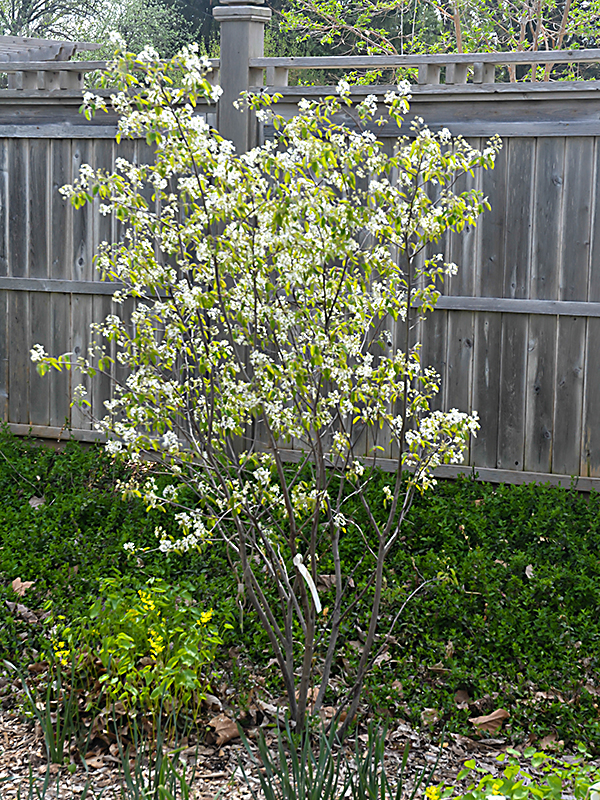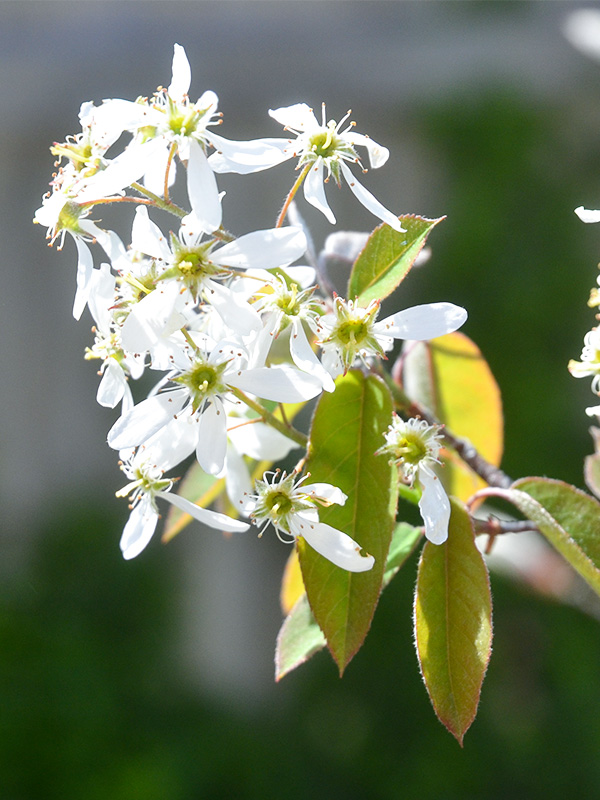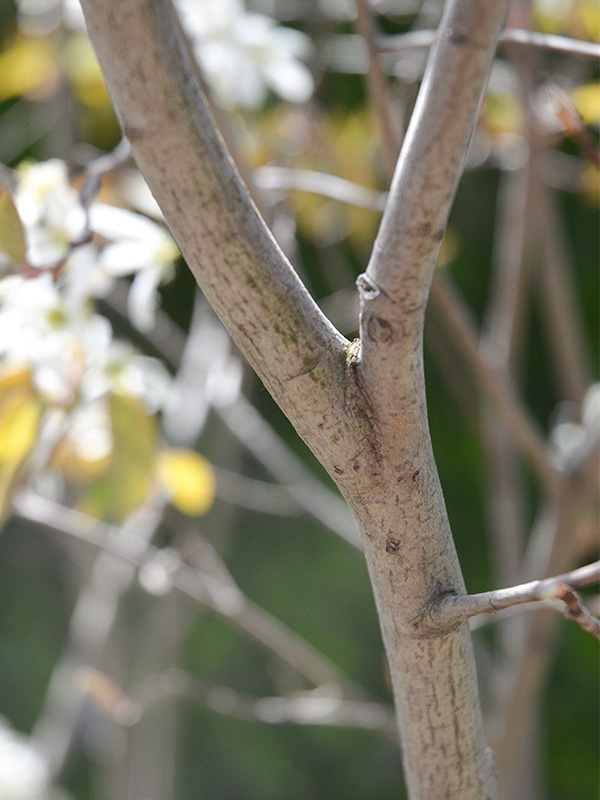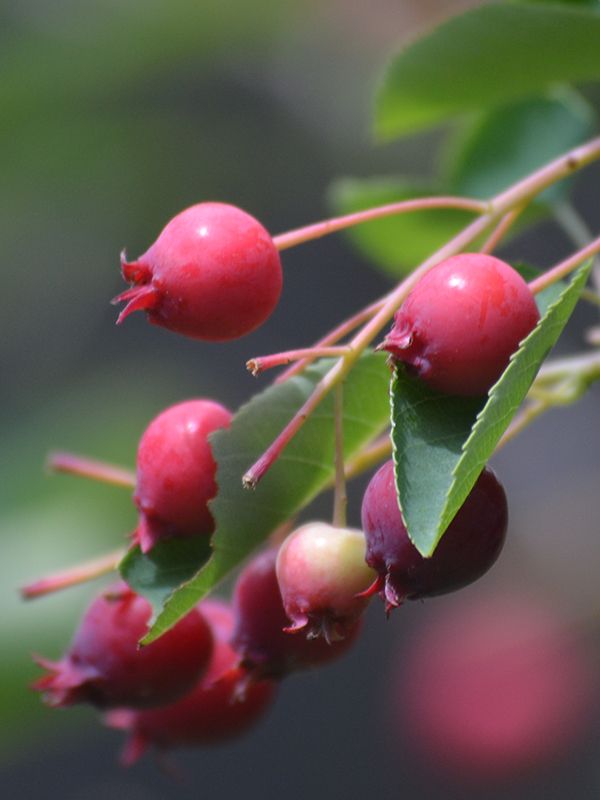
Woody > Amelanchier > Amelanchier x grandiflora > Amelanchier x grandiflora 'Princess Diana'
Amelanchier x grandiflora
'Princess Diana'
Princess Diana Apple Serviceberry
Origin: Hybrid cross of two North American parents, A. arborea and A. laevis. 'Princess Diana' was discovered in a cultivated yard in Elm Grove, Wisconsin, the United States of America in the mid-1980s and patented on October 20th, 1987. Amelanchiers are sometimes referred to as Juneberries due to the berries appearing in that month.
| Family |
| Rosaceae |
| Genus |
| Amelanchier |
| Species |
| x grandiflora |
| Cultivar |
| 'Princess Diana' |
| Category |
| Woody |
| Type |
| Tree (deciduous), Shrub (deciduous) |
| Synonyms |
| Amelanchier laevis 'Princess Diana', Amelanchier 'Princess Diana' |
| Patent Number |
| US PP6041 |
| USDA Hardiness Zone |
| 6b - 7a |
| Canadian Hardiness Zone |
| 6 |
| RHS Hardiness Zone |
| H7 |
| Temperature (°C) |
| -21 - (-15) |
| Temperature (°F) |
| -5 - 5 |
| Height |
| 4 - 8 m |
| Spread |
| 4 - 8 m |
Photographs
Description and Growing Information
Flowering Period
| Landscape |
| Informal hedge, cottage and informal gardens. |
| Cultivation |
| Full sun and partial-shade. Well-drained, moist, clay, sand and loam soils with acid and neutral pH. |
| Shape |
| Bushy, broad and upright. |
| Growth |
| Medium |
| Pests |
| Fireblight might be a problem. |
| Habitat |
| Horticultural origin. |
| Bark/Stem Description |
| Medium-textured. |
| Leaf Description |
| Oval-lanceolate with pinnate venation (secondary veins paired oppositely) and margins with fine serration pointing forward. 7.5 cm long. |
| Flower Description |
| Petals with splayed stamens in a star-shape surrounding the pistil. In terminal clusters. |
| Fruit Description |
| Blueberry-like, showy, spherical, 1 cm in diameter and edible. Appearing after flowers bloom, in June. |
| Colour Description |
| The flowers are white. The fruit is purplish-blue in summer and reddish-yellow and orange. The foliage is pale bronze when young and turns to a dark green as it matures. The pistil is light green. |
| Notable Specimens |
| The A.M. Cuddy Gardens, Strathroy, Ontario, Canada. |
| Propagation |
| Semi-hardwood cuttings. |
| Ethnobotanical Uses (Disclaimer) |
| Berries taste like blueberries and are safe for human consumption but are typically and eagerly consumed by birds. |





